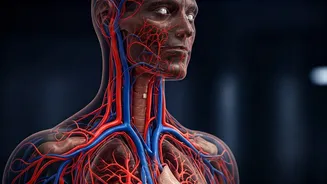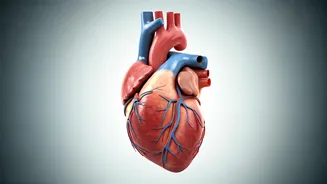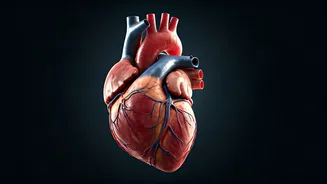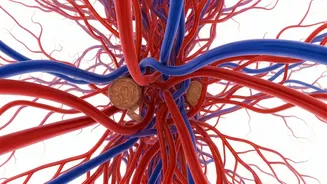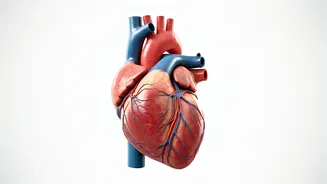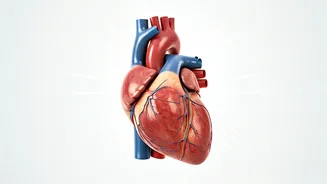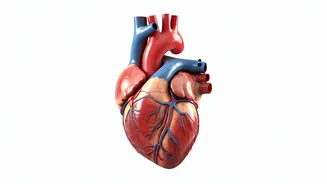Move Your Body
Exercise is a cornerstone of good circulation. Regular physical activity helps to increase blood flow throughout the body. It strengthens the heart, improves
the elasticity of blood vessels, and facilitates the efficient transport of oxygen and nutrients. Even moderate exercise, like brisk walking for at least 30 minutes most days of the week, can make a difference. Incorporating a variety of exercises, such as aerobic activities, strength training, and flexibility exercises, ensures comprehensive cardiovascular benefits. Aerobic activities like running, swimming, or cycling are particularly effective at increasing heart rate and pumping more blood. Strength training builds muscle mass, which helps improve metabolism and supports healthy blood flow. Flexibility exercises, such as yoga or stretching, improve circulation by preventing stiffness and promoting optimal blood flow throughout the body.
Stay Hydrated Daily
Adequate hydration is crucial for optimal blood circulation. Blood is primarily composed of water, and sufficient fluid intake ensures that blood volume is maintained at a healthy level. Dehydration can lead to a decrease in blood volume, making it thicker and more difficult to circulate efficiently. Staying hydrated throughout the day helps keep blood flowing smoothly, delivering oxygen and nutrients to cells and removing waste products. The amount of water you need varies based on factors such as activity level, climate, and overall health. Aim to drink enough water to keep your urine pale yellow or clear. In addition to water, you can also hydrate with other beverages like herbal teas and fruits that have high water content. Remember, the key is consistent hydration, not just drinking large quantities at once.
Healthy Diet Choices
A balanced diet significantly impacts blood circulation. Consuming a diet rich in fruits, vegetables, whole grains, and lean proteins provides the nutrients needed to support cardiovascular health. Certain foods are particularly beneficial for circulation. Foods high in antioxidants, such as berries and leafy greens, help protect blood vessels from damage caused by free radicals. Omega-3 fatty acids, found in fatty fish like salmon, reduce inflammation and promote healthy blood flow. Limiting your intake of saturated and trans fats found in processed foods helps prevent the buildup of plaque in arteries, which can restrict blood flow. Also, reducing sodium intake helps to lower blood pressure, which positively affects circulation. Making conscious food choices plays a crucial role in maintaining optimal circulation and overall health.
Manage Stress Levels
Stress can negatively affect blood circulation. When you experience stress, your body releases hormones like adrenaline and cortisol, which can cause blood vessels to constrict, reducing blood flow. Chronic stress contributes to high blood pressure and other cardiovascular issues. Implementing stress-management techniques can improve blood circulation and promote overall well-being. Practices such as meditation, deep breathing exercises, and yoga are effective in calming the nervous system and reducing stress hormones. Regular physical activity is another powerful stress reliever. Engaging in hobbies and activities you enjoy can help you relax and reduce stress levels. Making time for relaxation and self-care is essential for maintaining healthy blood flow and overall health. Addressing stress proactively allows you to support your cardiovascular system effectively.
Avoid Restrictive Clothing
Tight clothing can restrict blood flow, particularly in the legs and abdomen. Clothing that is too tight can compress blood vessels, which hinders the smooth circulation of blood. This can lead to swelling, numbness, and even the formation of blood clots. Avoiding tight clothing, such as restrictive jeans, tight belts, or shapewear, is a simple yet effective way to improve circulation. When choosing clothing, opt for loose-fitting garments made from breathable fabrics. Proper footwear also plays a role in promoting healthy blood flow. Wearing shoes that provide adequate support and don't constrict your feet will help maintain good circulation in your lower extremities. Paying attention to your clothing choices ensures that you're not inadvertently impeding your blood flow, promoting overall vascular health.
